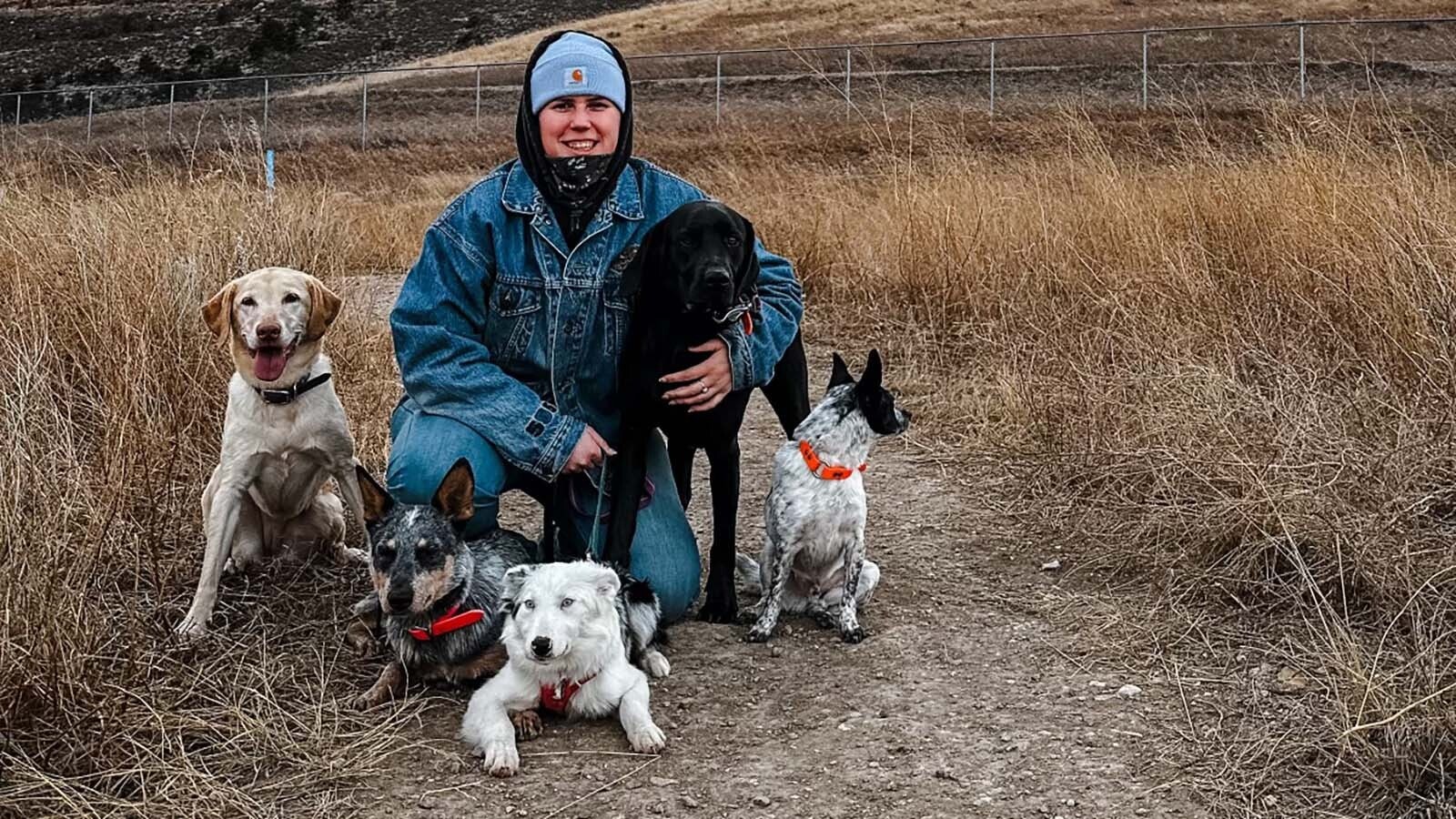Kirk Johnson found his first fossil on top of Casper Mountain which led him on a journey to discover the ancient landscapes of Wyoming.
He had spent many summers as a kid visiting his uncles on their family ranch and from that moment on, was always excited about the possibility of finding more fossils. It wasn’t until he was at a Geology Field Camp at Red Lodge, Montana that he fully understood the context of the fossils and their meaning to the world’s history.
From then on, he didn’t merely see a rock, but he saw the world that the creatures and plants once thrived in. This knowledge kindled a dream to rebuild the ancient scenes so others could see the stories the fossils told.
Johnson carried that passion into a career as the Sant Director of the Smithsonian’s National Museum of Natural History where he oversees the world’s largest natural history collection.
Johnson said Wyoming is one of the best places in the world to study the fossil record and learn about our ancient past.
“I love the state because anywhere you are in Wyoming, there is an incredible story,” he said. “Any hill, any place in Wyoming is part of the story.”
It is this story written in the Big Horn Basin geology that Johnson especially wanted to tell. When he was working as a paleontologist at the Denver Museum of Nature & Science, he hired an artist, Jan Vriesen, to bring his dream to life.
The result was “Ancient Wyoming: A Dozen Lost Worlds Based on the Geology of the Bighorn Basin,” a book of scenes from the state’s ancient history that take viewers beyond the rocks to see what life may have been like millions of years before.
Artist Vriesen found his niche creating these reconstructions of what scientists believe Wyoming used to look like.
“The scientists create their own landscapes in their mind, and they hand me all the scientific information, and I put my landscape on top of that,” Vriesen said. “And that to them is brand new. You to get a totally fresh look at all the stuff that they've been concerned about and interested in.”
“Scientists all want to know what the landscape looks like,” his colleague, geologist Bob Raynolds said. “These paintings allow the geologists to communicate to his or her colleagues about our interpretations.”
Time Travel With A Shovel
Scientists have identified 27 layers of geology in Wyoming and each layer represents a different landscape. Johnson and his team selected only a few of the possible scenes for Vriesen to paint.
“It's almost infinite what you could do,” Johnson said. “If you just walk around Wyoming today, it's a very diverse place. You'd be on top of the mountains or down in the canyon or out in the prairies.”
Each of these modern scenes can be interpreted separately and the goal was to show this diversity from the past for both the public and other scientists.
“We find the fossils of the animals, but it's still in my brain,” Johnson said. “But if I get an artist to do it, the view of Wyoming 60 million years ago is suddenly in your brain now. I call it time travel with a shovel. You're basically going back in time by cracking open rocks.”
It takes a team of scientists to portray the scenes more accurately, Raynald explained. While he as geologist is trying to interpret the rocks in front of him, paleontologists and the paleobotanists are examining the fossils for their stories.
“They all want to know what it looks like, and they all have an idea in their head of what it looked like,” Raynalds said. “But until we paint a painting of it, nobody has any idea.”
The resulting scenes show swamps, ice rivers, oceans and deserts as the paintings take you through millions of years in Wyoming’s history. In one scene, a mammoth stomps through an icy landscape while in another, the dim outlines of dinosaurs can be seen through the jungle trees. The scenes are as diverse as the fossils that can be found in Wyoming.
Field Trip
Johnson chose to showcase the ancient landscapes of the Bighorn Basin of Wyoming because it has a record of geological phenomenon that goes from the Precambrian up through the present.
“The Bighorn Basin is one of the best places on the entire planet where you can see all of geologic time exposed in layered rocks,” Johnson said.
Vriesen went on field trips into Wyoming with Johnson so that he could take photographs of the landscape itself and begin to envision what the ancient landscape looked like.
“I showed him what the rocks looked like today, and then I said, okay, for each painting, I'm going to give you the things you can put in the painting,” Johnson said. “I told him he can put in conifer trees and tree primates and crocodiles.”
Vriesen enjoyed the chance to see the landscapes in person and used this as inspiration for each painting.
“I got to know the landscape to a point, and then I would go home and do initial stages,” Vriesen said. “I would get feedback from various scientists and then I send progress shots.”
In this way, the paintings began to take shape and Johnson was delighted by the results which were the images that he said were locked up in his mind until then.
“When you're a geologist or paleontologist and you find fossils, you can say, oh, this layer is a swamp layer,” Johnson said. “But when you're driving past that swamp layer on the side of the road, everybody looks at it and says, oh, that's a hill.”
The Paintings Continue
Raynald recently partnered with Vriesen to create additional ancient landscapes of the Big Horn Basin. They consulted several scientists in varying fields to make sure they got the plant life and animals correct for each time period. These latest paintings feature a series of time of Heart Mountain and the volcanic activity and landslides that created the area.
“The neat thing is to that you can look at a painting that shows you what an area looked like 290 million years ago, which is something the average person doesn't consider or think about,” Vriesen said.
“I think Wyoming is so great and everybody that lives there, they love it for a lot of reasons, but a lot of them are missing the complete story of Wyoming,” Johnson said. “They know the history and the Johnson cattle wars and all that kind of stuff. But they're missing 2.5 billion years of cool story so I figured these paintings are a gift to Wyoming.”
Contact Jackie Dorothy at jackie@cowboystatedaily.com
Jackie Dorothy can be reached at jackie@cowboystatedaily.com.















